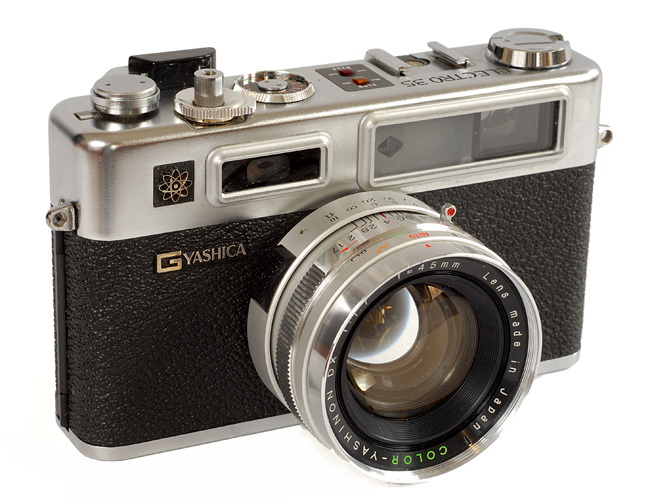
“Cool” is a difficult thing to quantify, but you know it when you see it. At least, you know what you think is cool. I’m not sure why it is exactly that some cameras strike me that way, and others don’t. And chances are good that the ones I think are really cool won’t seem that way to you. Buy having said that, is there anyone out there who honestly doesn’t think the Yashica Electro is cool? Seriously — just look at it!
When I started using “vintage” photographic gear, the Electro became my very first purchase. In retrospect, that’s hardly surprising since something close to 8 million were made when the camera was in production from 1966 to 1977. They’re popular on the used market and turn up on eBay all the time, but as is often the way, I had to buy two before I got one that actually worked.
There’s no denying the Electro has got the quintessential classic-camera good looks, from its leatherette covering to the chrome-plated top and bottom panels. But it also has charming stylistic quirks, like its odd top-panel exposure lights and awesome little atom symbol on the front. The Electro looks like it came from a 1960s vision of the future in which we all fly to work propelled by personal jet packs, dine on food pills, and sleep in climate-controlled pods. Luckily the actual future turned out differently. But still, this is a camera you can imagine George Jetson using to photograph Leroy on his way to Little Dipper School, isn’t it?
Some people call the Yashica Electro GSN the “poor man’s Leica,” but it really isn’t. About the only thing the two share is rangefinder focusing and some broad stylistic similarities. But that isn’t to say that the Yashica isn’t a fine picture taker — it really is. Most of that stems from its crisp 45mm f/1.7 Yashinon “color” lens. It’s a wonderful performer, on par with pretty much any similarly spec’d lens from the era.
At its core, the Electro is an aperture-priority automatic camera, but what makes it special is how this feature is implemented. When you look in the viewfinder, you see a pair of arrows that illuminate to tell you which direction to turn the aperture control ring to achieve the correct exposure. The red arrow points right and instructs you to turn the ring in that direction to stop down the lens and prevent overexposure. The amber arrow points left and tells you to turn the control the opposite direction to open up the aperture. No arrow means you have the aperture set to yield a good exposure with a shutter speed between 1/30 and 1/500 second.
The camera has a Bulb setting, but no other manual modes. What’s notable though is that the camera won’t stop you from taking a picture regardless of lighting conditions. On the plus side, that means it’ll expose as long as it needs to in dim light (up to 30 seconds), but on the down side, that means if you stop down to f/16 and ignore a glowing red arrow, you run the risk of overexposing.
The Electro has a few more nifty features. It has a shutter-release lock, which I find reassuring, if not tremendously useful. The camera’s shutter button requires enough finger pressure to activate that you’re unlikely to accidentally burn off a frame. But still, it’s one of those nice little touches that you wonder why you don’t see more often. The other feature I enjoy is a battery check light that’s bright enough to use to signal overflying aircraft. It also illuminates the frame-counter dial, so it does double duty, which is a nice bonus. Perhaps more useful are the camera’s viewfinder frame lines, which automatically adjust for parallax correction as you turn the focusing ring. That’s nice. One of the Electro’s oddities is that its light sensor is positioned to the right of the viewfinder windows, next to the atom symbol. The practical consequence of this is that when you use a filter, you have to manually compensate for the change in exposure by adjusting the camera’s ISO setting. It’s not a big deal, but you have to remember to do it.
The Electro GSN is a lot of fun to shoot and produces excellent photographs. So why don’t I use it more often? Mostly because it’s big — bigger than most of my 35mm cameras, including the SLRs I own. And I there are certain limitations that come from a lack of control. Yes, you can change the aperture within the range lighting conditions permit, but you generally have no idea what shutter speed you’ll be using. I also wish the close-focus distance (2.6 feet, 0.8 meters) was a little better too, but in the scheme of things, none of these seriously get in the way of taking great pictures. That’s why, in spite of everything, the Electro is one of my favourites. Besides, it’s cool. Really cool.
Did you find this article interesting or helpful? If so, consider using this link the next time you shop at Amazon.com. Better yet, bookmark it for future use. Thanks to Amazon’s associates program, doing so costs you nothing yet helps keep this site up and running. Thanks!
For more of my camera reviews, click here.

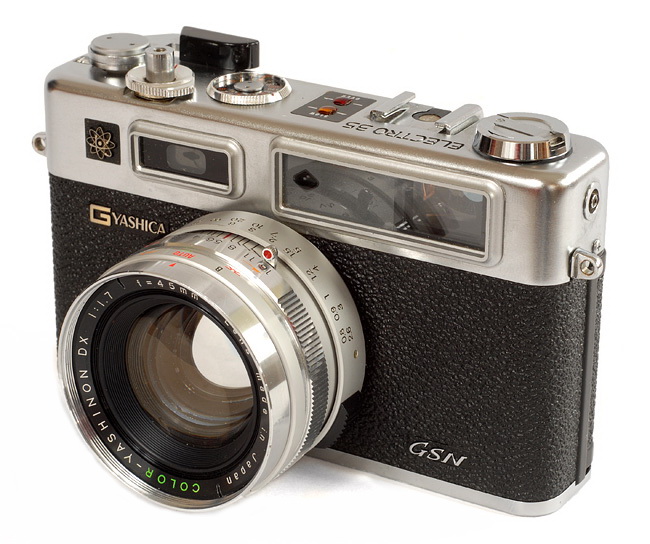
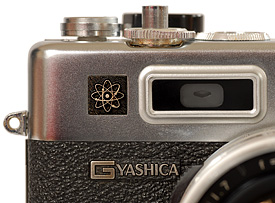
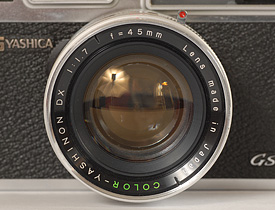
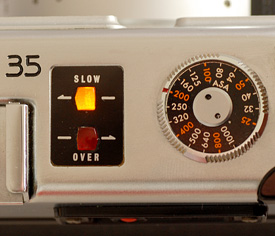
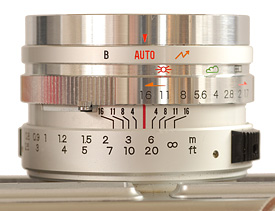
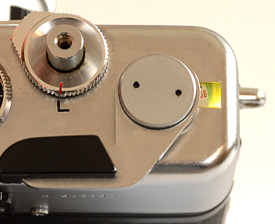
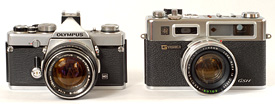

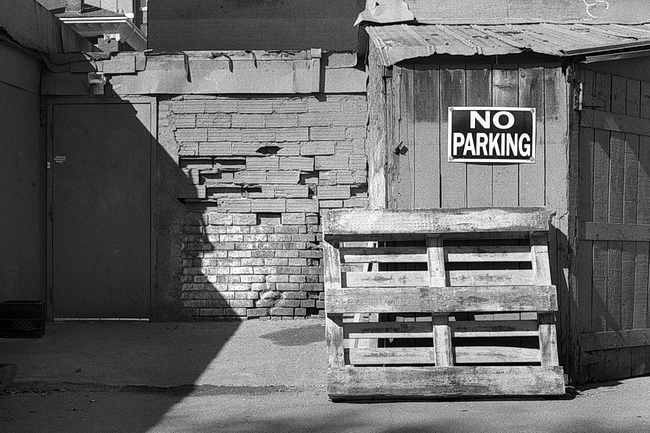
 Subscribe with RSS
Subscribe with RSS
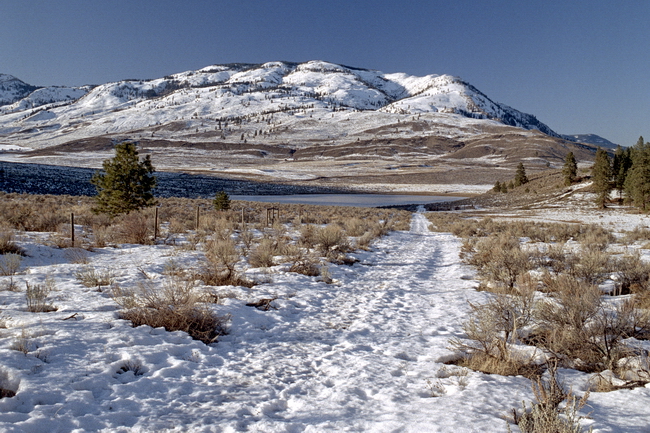
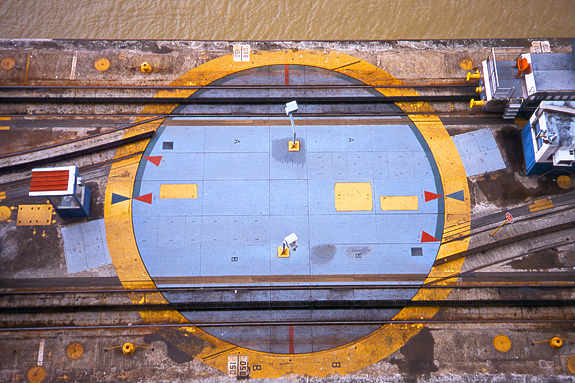
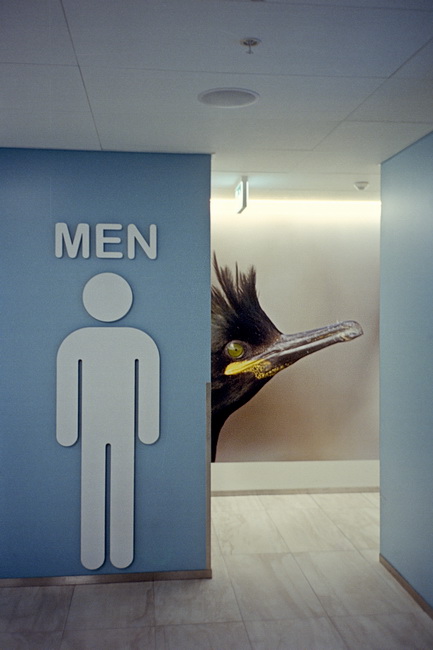

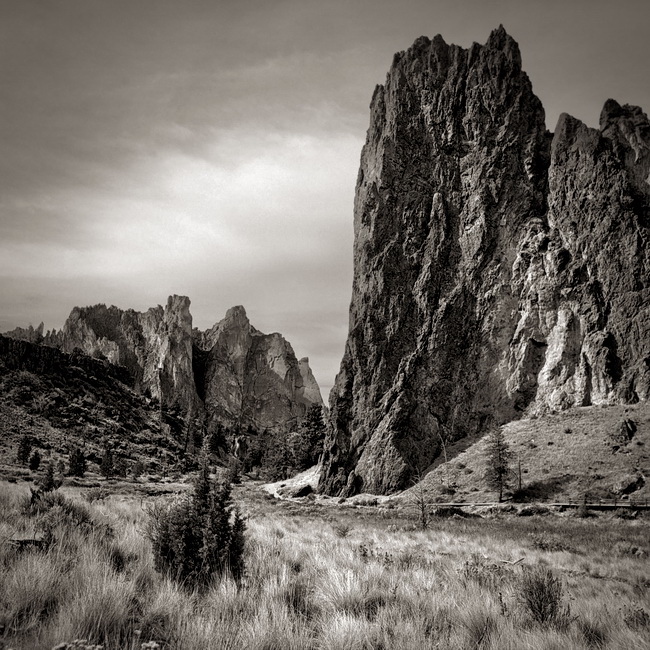
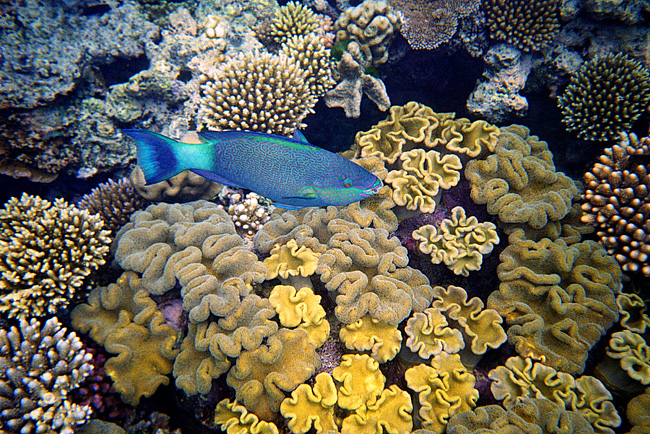
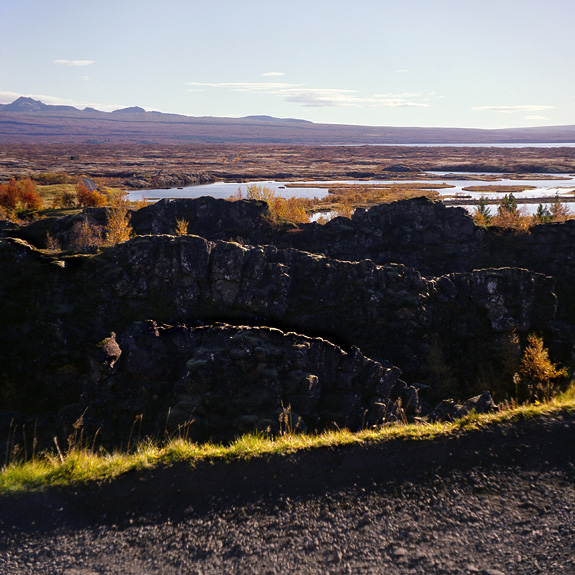

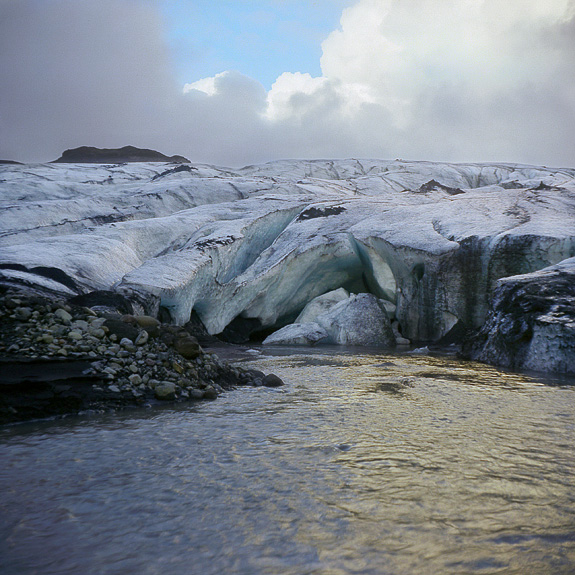
Really nice camera! (I shouldn’t be reading your reviews though, they only make my camera addiction worse 😉
Just imagine if this were the size of an Olympus 35RC … that would be super cool!
Hey, this kind of camera addiction is pretty cheap so far as these things go. At least you’re not collecting Leicas. Besides, if it really gets worrisome, read my article “Avoiding Gear Acquisition Syndrome (GAS)” in the Musings section. That’ll cure you.
I was fortunate enough to get one of these cameras in mint condition. It had belonged to my dad and was passed on to me as the only photographer in the family. AND I cannot agree with you more about this camera. Besides its nostalgic value to me and a continued connection to my dad, it is a wonderful tool. As someone who transitioned to digital for work (newspaper staffer), having this camera really brings the fun back into my shooting…..
Dear Gary,
I enjoyed your piece about the Yashica Electro 35 GSN. Tomioka Optical who supplied Yashica with all but one lens was the ‘Johnny come lately’ with their first Tessar clone. Agfa for example introduced their Solinar, a Tessar clone, in 1933. That was the first year the Zeiss patent of 1902 ended. Yashica’s first Yashinon came almost 30 years later. How would you rate the Yashinon lens to the other RFs of the day?
Regards,
Tom O’Brien
Yashica fixed lens rangefinders really are cool cameras. I’ve had a few of them and my fellow film shooter friends have had their share as well. My approximation is you need to buy six of them in order to find one that really works. Main quirks are the dreaded “pad of death”, corroded battery wires, you need a battery adapter, bad light seals plus your normal selection of shutter related problems. But when you find one in good condition it’s a remarkable shooter. If you like the concept but would like to have something smaller you might want to try the GX version. It’s basically the same camera but one third smaller.
The Electro 35cc, while a lot rarer is a 1/3 smaller than the standard HUGE! Electro’s and has a 35mm lens, not the 45 or even 40mm of the GX. I bought 3 of these all for around £30, the first works (a G), but has a stiffish focus ring and a none to bright viewfinder and the battery check light doesn’t work, the 2nd is a GS, and is in near mint condition, but needs light seals replacing, the 3rd is a black GTN in minty condition and is working fine as I run a roll thru it, even with 100 Ektar, I managed to shoot in very dim light, the only available light was from behind my subject, but still the shot came out very well, colours are rich and solid, the 1.7f lens is superb, but the camera isn’t the smallest to lug around, but it looks cool, especially in black! And anyway, I plan to replace light seals and do some CLA work on them, before either selling or giving as gifts to some of my more creative friends and family.
Pingback: Bliss (or Yashica Electro 35GS) | burnt embers
I have an Electro 35 CC and love it. I didn’t like it at first, the whole Electro metering display with the over/under indicators instead of seeing your shutter speed takes some getting used to. However it gives great results and is the only fixed lens rangefinder of this type with a 35mm lens as far as I know.
I have way too many cameras but I just bought a GX because of how much I like the CC.
This is totally linkspam, but at least it’s relevant: I too wrote a review of this venerable camera. We agree, and we disagree. Interested readers, click onward.
http://www.peterferenczi.com/blog/2017/3/6/the-yashica-electro-35-gsn-dont-get-too-excited
Hi Gary!
Nice review!
I just found my dad´s Electro GT (black, no hot shoe, ASA 1000) which has been stored for 20 years when he passed away. He bought this camera in 1972, just before he had to attend at a 6 month training on marine (mandatory at that time) travelling along the world on the Fragata A.R.A. Libertad (I´m argentinian by the way).
So, he bought a Yashica camera for the long trip, via mail order, and took great photos of Uruguay, Brazil, Cuba, Jamaica, Panama, U.S.A., Spain, Germany, the UK, and even Africa.
Once I found it, I had to repair the light seals, manage to make a battery adapter and also clean the fungus on the lens. Fortunately, the POD is still working for now.
I just finished the first roll and I´m pretty anxious of seeing the results.
Unfortunately, when I was shooting the last 5 or 6 photos, the focus ring started to get stuck, so next week I´ll take it to a tecnician as it is a more difficult thing to repair.
Everything that I have read about this cameras is great, besides all the fixing that it needs, and even I haven´t tested so many rangefinders, I think this is the one for me.
Interesting cameras also make interesting conversations with interested people and sometimes interesting and unexpected portraits. Don’t underestimate the value of an interesting tool…it makes subjects feel special. If you doubt me, read Keira Knightly’s interview with Peter Lindbergh!
Hi All,
If you want the smaller version, get the Yashica 35 GX. One super cool sexy rangefinder.
If you want to go even smaller and don’t mind zone focus and F2.8, get the Yashica 35 MC. Same great autoexposure but super small.
Have fun.